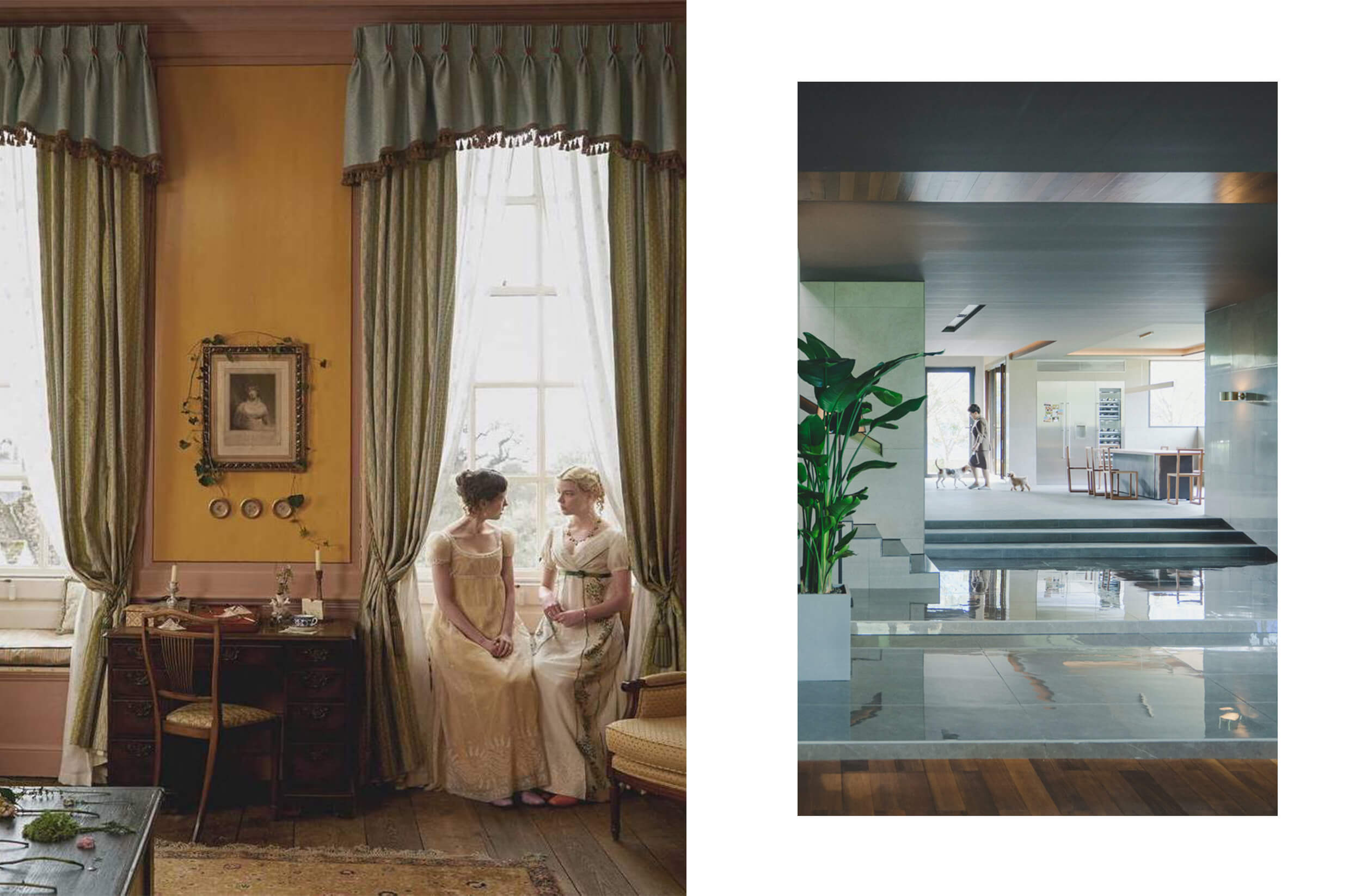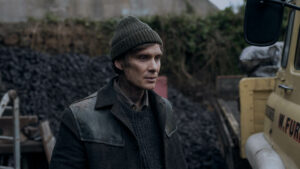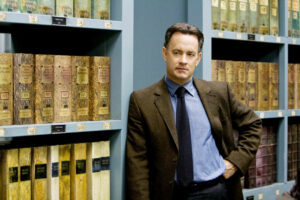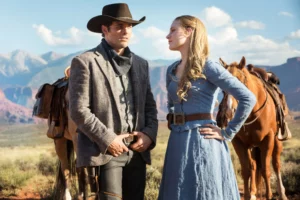As we know well, there are hundreds, thousands of elements that can make a movie unforgettable: from actors to plot twists, from the soundtrack to the beauty of the costumes. And yet, there is an additional element that literally functions as a background to the fictional events, and that, sometimes, captures the eyes of the audience, completing the film as if it were a protagonist itself. We are talking about interior design, the ensemble of all those elements that can make a closed space evocative, a mirror of the characters’ passions and world.
Over the years, we have witnessed some true masterpieces of cinematic interior design. However, there are 5 titles in particular to which our minds keep going when it comes to the most beautiful interiors seen on the big screen in the last decade. Here’s our selection!
ANNA KARENINA (2012)
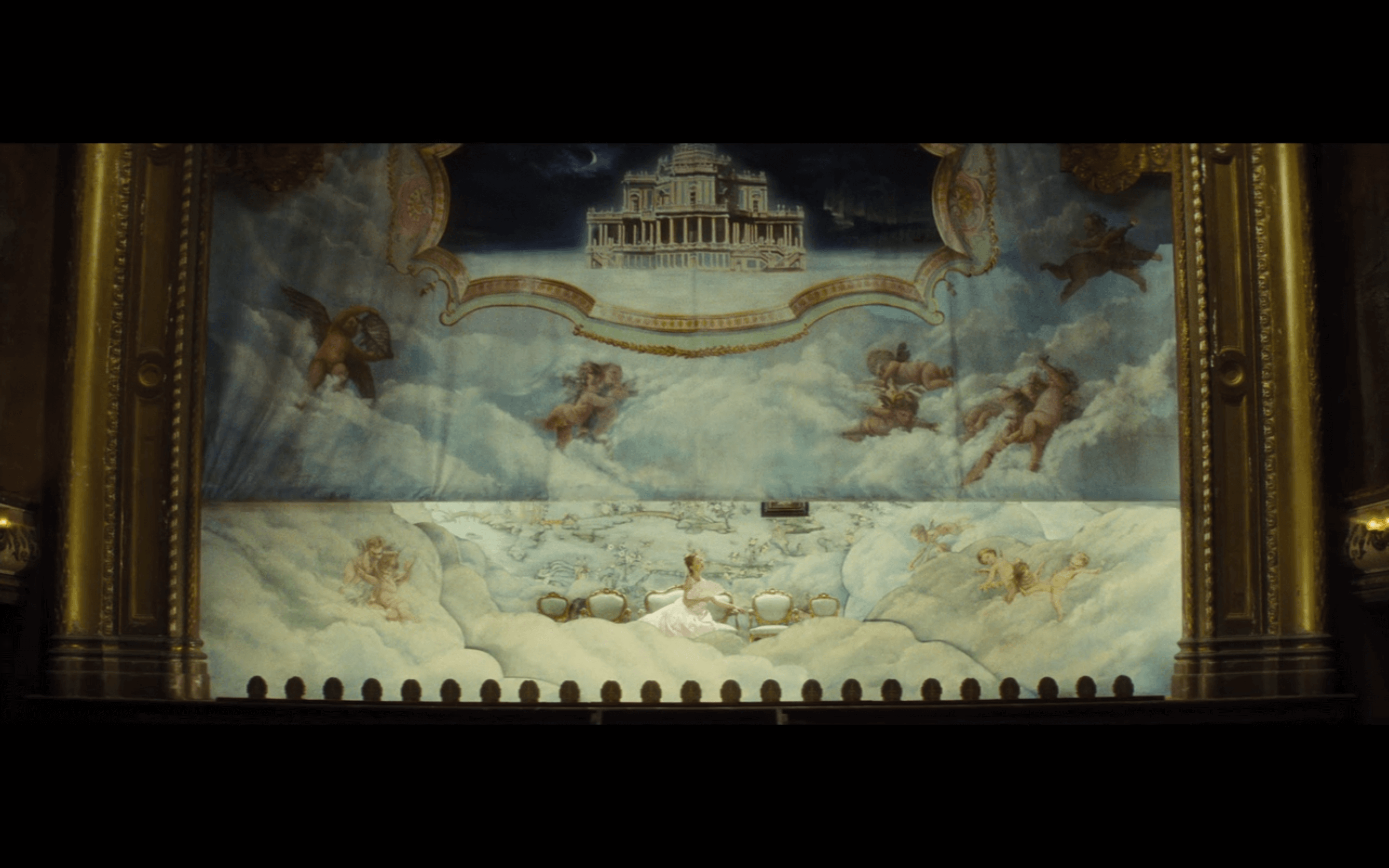
For his adaptation of Lev Tolstoy’s classic, director Jeffrey Wright chose to set the story in a Russian theatre, expertly reconstructed within Shepperton Studios, England, and containing more than 100 different scenarios! Production designer Sarah Greenwood, after visiting several Russian houses and palaces, has created a set design inspired by 19th-century Imperial Russia, with opulent ornaments that perfectly represent what you might find in a wealthy home of the time. The characters move within and on and off the stage, turning the film into a play and, at the same time, turning such “play” into a breathtaking cinematic experience.
THE GREAT GATSBY (2013)
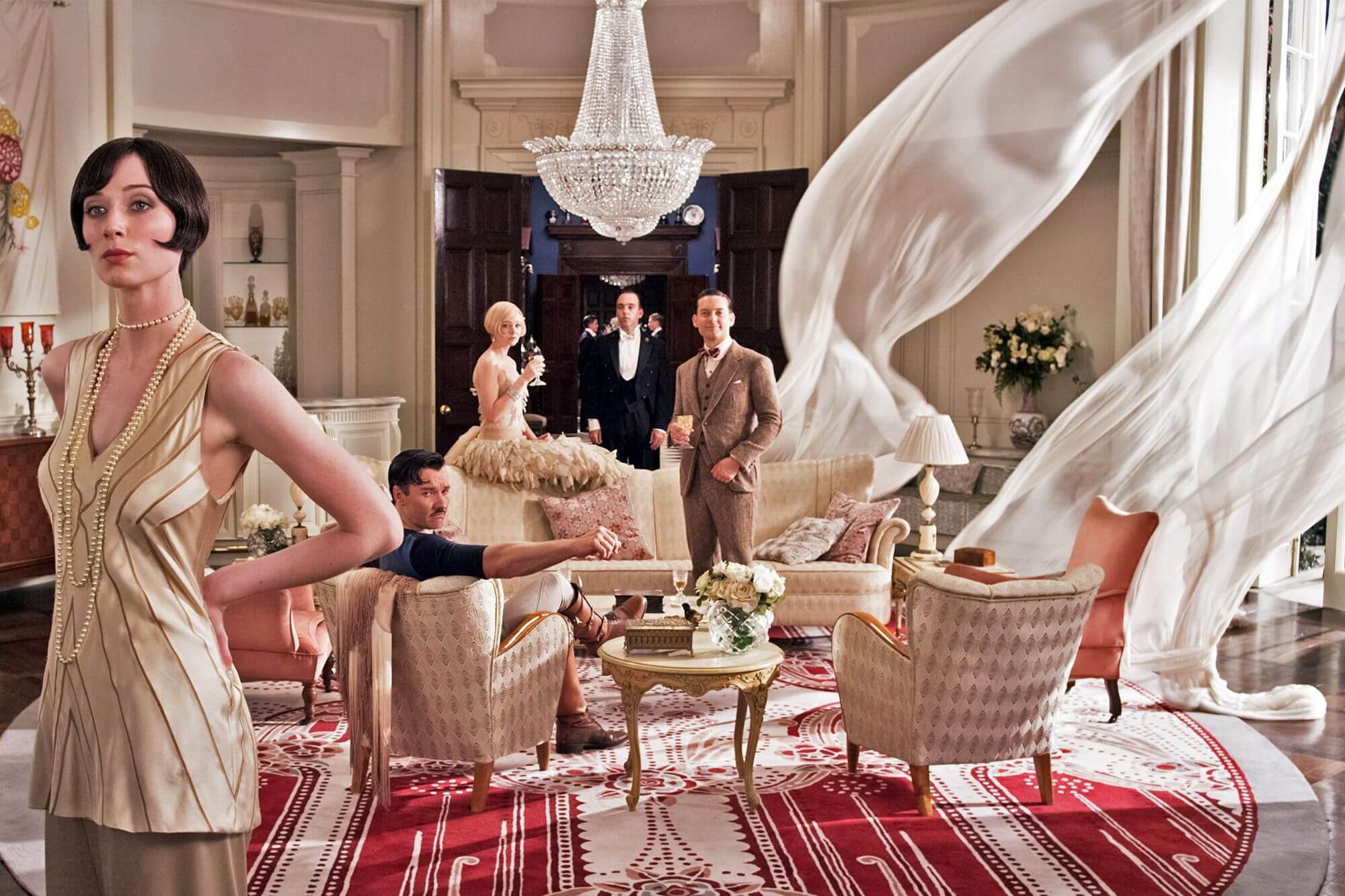
The shiny world of Jay Gatsby and the early 1900s New York relives in this Baz Luhrmann movie, where interior design plays a key role in emphasizing the life of appearances and splendor of the charismatic Gatsby. The director’s wife, Catherine Martin, was in charge of the set design, and she built 42 environments both around Sydney and inside a studio. Among them, we find Gatsby Castle, inspired by the early 1900s Long Island houses, where glitz and excess is a distinctive feature of every room (from the bedroom to the ballroom) as if it were an imaginary castle where Gatsby realizes his love fantasies with Daisy, following the Art Deco taste of the time. The interiors of the house are in stark contrast to those of Nick, who lives in a modest environment, a mirror of his personality, and the mansion of Daisy and Tom, where the Hollywood Regency style is dominant, pointing out the difference between Gatsby’s acquired wealth and the inherited and consolidated one of the couple.
THE GRAND BUDAPEST HOTEL (2014)
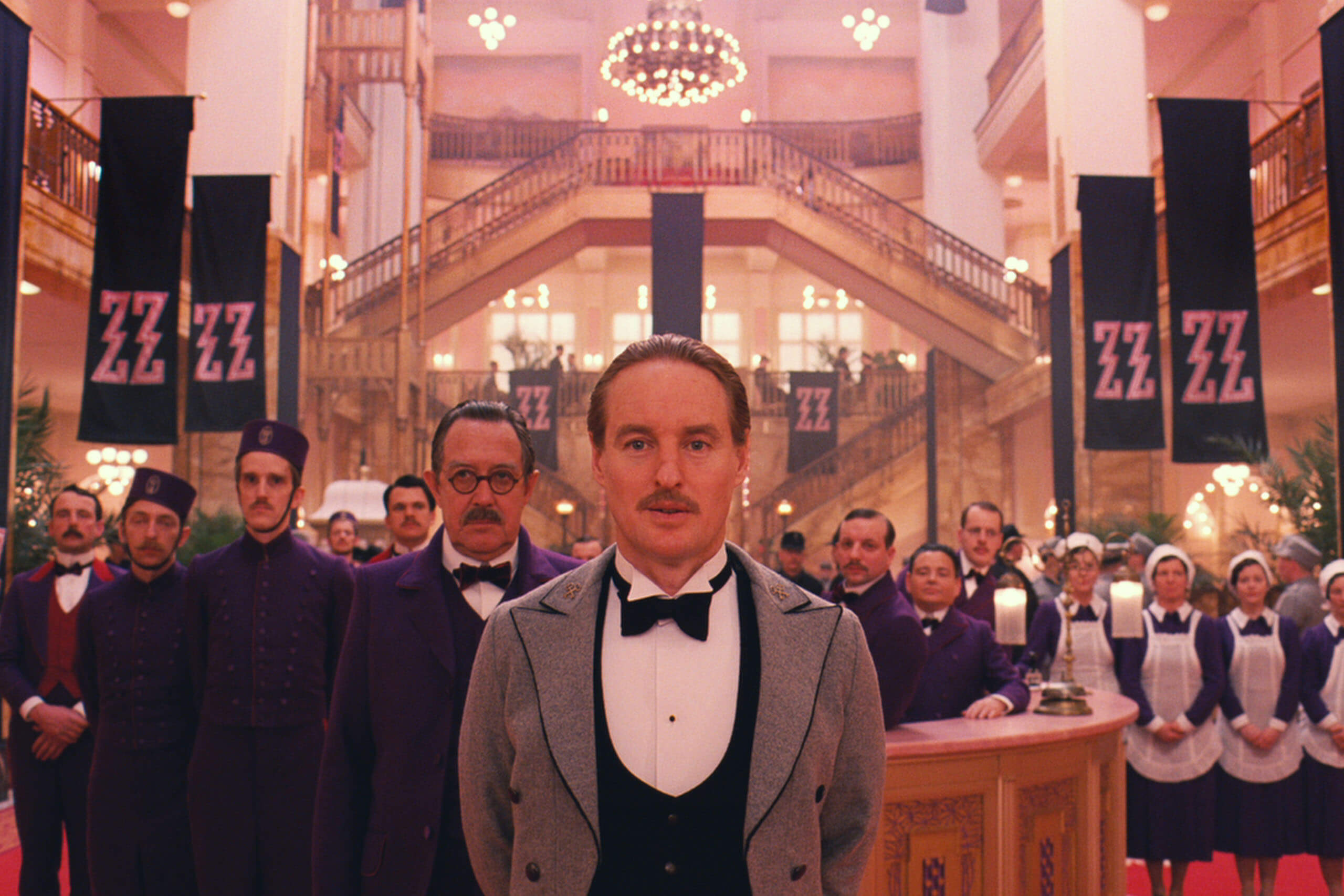
Some people have dreamt of a stay at the Grand Budapest Hotel from the first moment they saw this movie, and some others are lying! The colorful and “fantastic” aesthetic of the Hotel, in which the events of this masterpiece signed by the genius of Wes Anderson take place, have found a location at the former mall of the Görlitz Warenhaus (located in Görlitz, Germany); with its staircases, elevators, and atrium (dating back to the beginning of the 20th century), it was the perfect place for production designer Adam Stockhausen. Together with his team, and drawing inspiration from the most famous European hotels and spas of the 1930s, he turned the interiors of the mall into those of the luxurious hotel where most of the adventures of Monsieur Gustave and Zero are set. The furnishing and décor elements refer to the Jugendstil style (the German counterpart of Art Nouveau), and they are also inspired by black and white photos of the time. The exteriors, on the other hand, were shot from a miniature model!
PARASITE (2019)
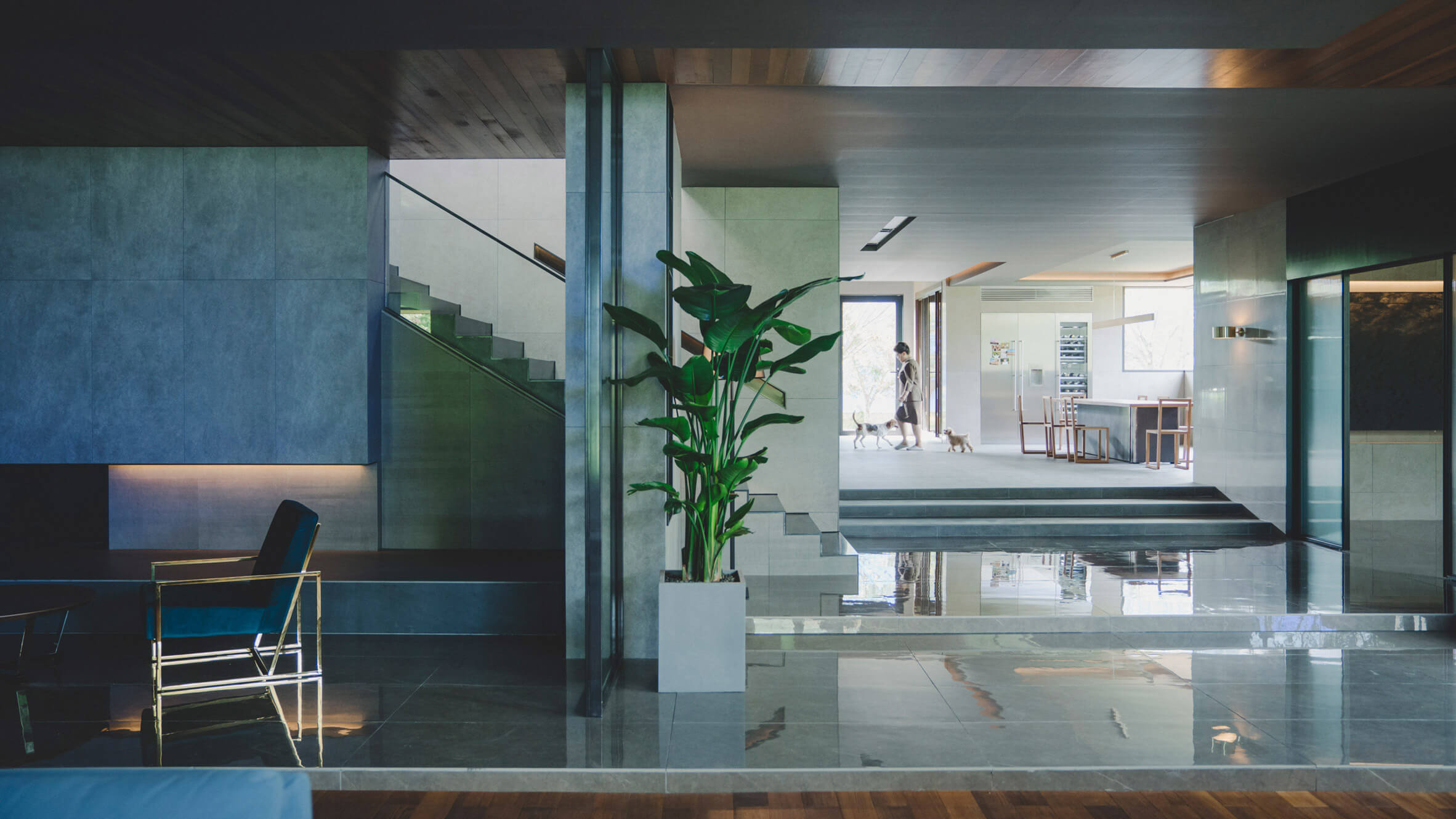
A film that has made, makes and will make cinephiles speak for the raw representation of the social divide that, unfortunately, can be found everywhere nowadays. Director Bong Joon-ho used every element, including the home interiors of the two protagonist families, the Kims, and the Parks, to emphasize this difference, recreating sets designed for this purpose. On one hand, there are the Kims, who live in a miserable apartment located in the basement of a palace that is still equipped with a window filtering the light (representing the hope and fear that lead the family members to act in a certain way throughout the story), inspired by the buildings of abandoned cities. On the other hand, there are the Parks, whose home is the backdrop to almost the entire film: a large, modern, sophisticated building, with windows in every corner, furnished in a minimal but precise way (designed not to distract the viewer from the narrative), a house that represents the status of the Parks and their desire to show off their apparent perfection. However, as is known, perfection always hides some secrets beneath the surface, or rather, in its dungeons.
EMMA (2020)
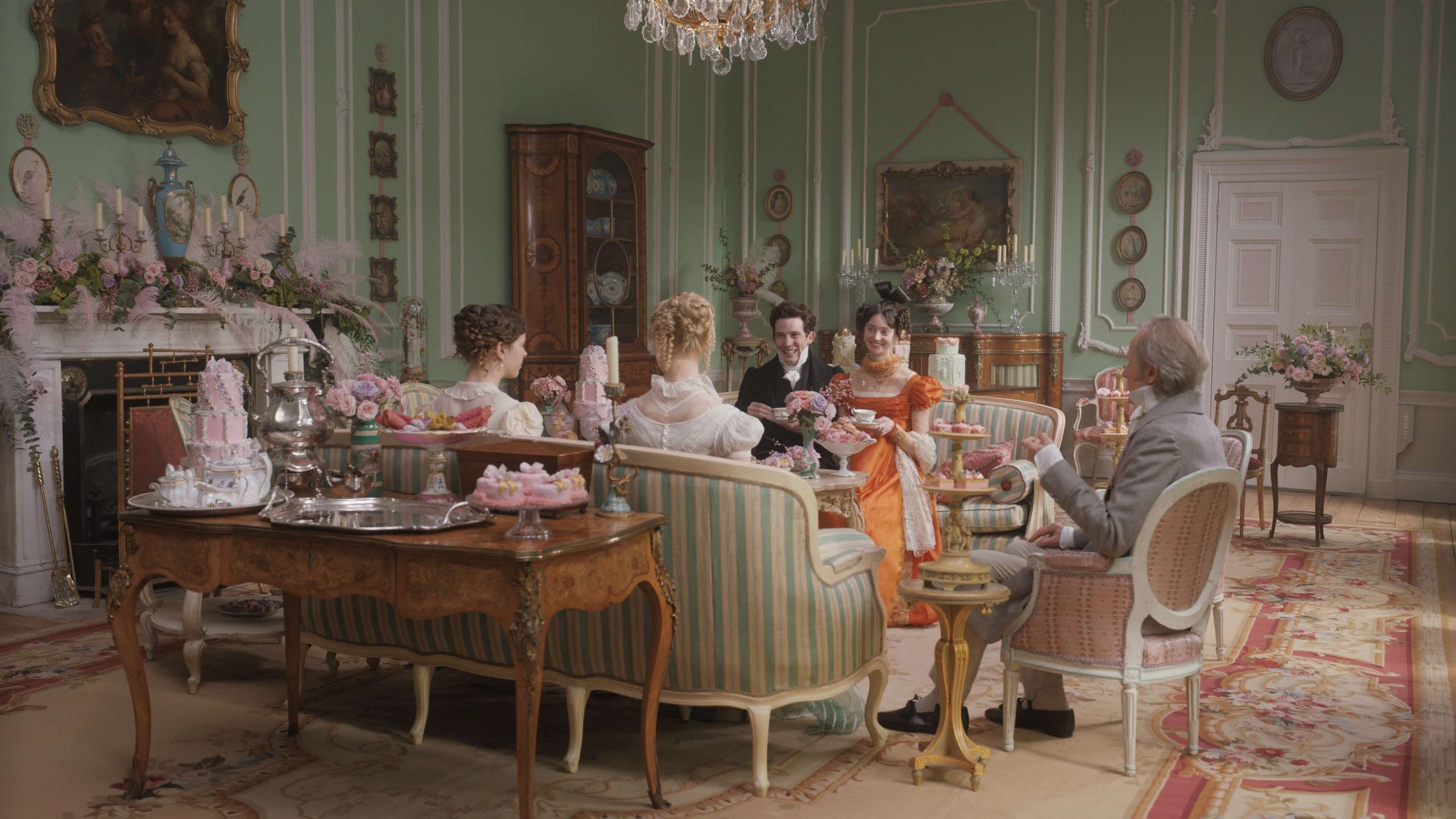
Emma Woodhouse loves to have control over people’s lives, as if they were dolls in her hands, especially when it comes to love matters. Not surprisingly, director Autumn de Wilde set the story of this heroine born from Jane Austen’s pen in what seems to be a human-sized dollhouse! Production designer Kave Quinn and set decorator Stella Fox did an impressive job in creating colorful and vibrant interiors on the historic Firle Place estate (built in the 16th century). Owners allowed them to use evocative wallpapers and to fill the house with antique furniture and props reminiscent of the Regency Age, with a pastel twist. Just think of the many ceramics you see along with the movie! Each room has a different color that emphasizes the imaginative nature of the world that Emma has created around her.

